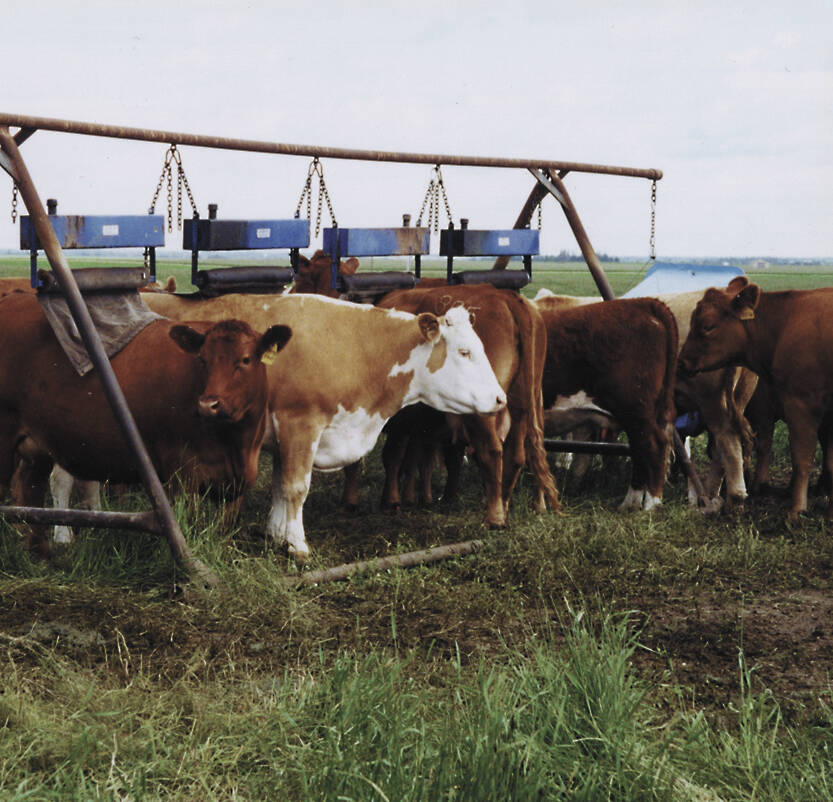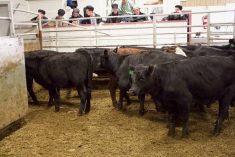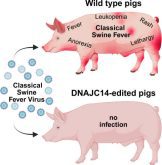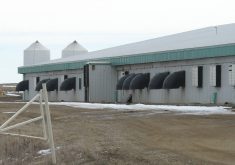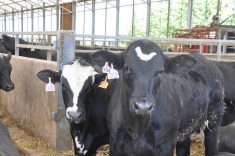Producers and their veterinarians are starting to think a bit differently about parasite control.
We need to all think more about timing for both lice and internal worms so that control products can do the best job possible.
We can also save money if treatment proves unnecessary.
Read Also
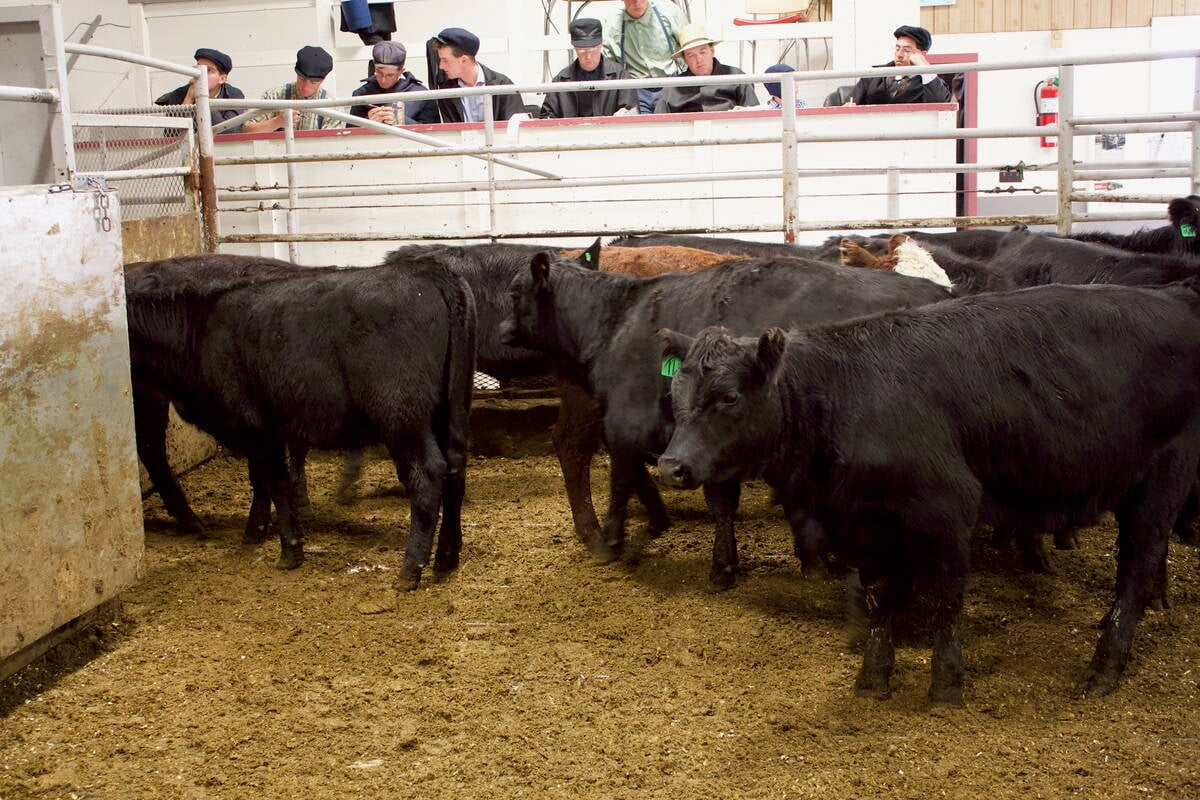
Manitoba beef weighs farmer futures
Cattle prices are good, but trade uncertainty and rising costs add some damper to Manitoba beef farmers’ celebration looking into 2026.
Easier methods are being developed to determine parasite levels to make the treat-or-not-treat decision easier.
External parasites
With lice, kill rates are better if we wait until well into the winter.
They become active in the winter, so a warmer fall will see them emerge later. This is why we will see lice outbreaks in a very cold winter, especially if treatment was too early.
It’s also why we don’t have lice problems when the winters are milder.
There are only a few good products left for lice control, and they are getting fewer all the time. The products that are left have very specific treatment application methods and times.
In the old days, before good treatments were available, producers would cull animals that carried an obvious lice burden. Over time, producers essentially began selecting for a type of genetic resistance to lice.
Cattle oiler products are good for lice and flies, but while lice are controlled in the winter, flies are managed in the summer when populations become high enough.
Worm problems
The U.S. cattle sector has fewer problems with lice because of the warmer climate, but that means more issues with internal worms, which aren’t as much of a problem in Western Canada.
They are the worst in sheep, but bison are also bad.
With bison, I have seen worms kill some animals if they aren’t dewormed.
We see pockets of high incidence, and to complicate matters, some species of worms are more harmful than others.
Also, some species don’t lay as many eggs, so finding even a few species of certain types is significant.
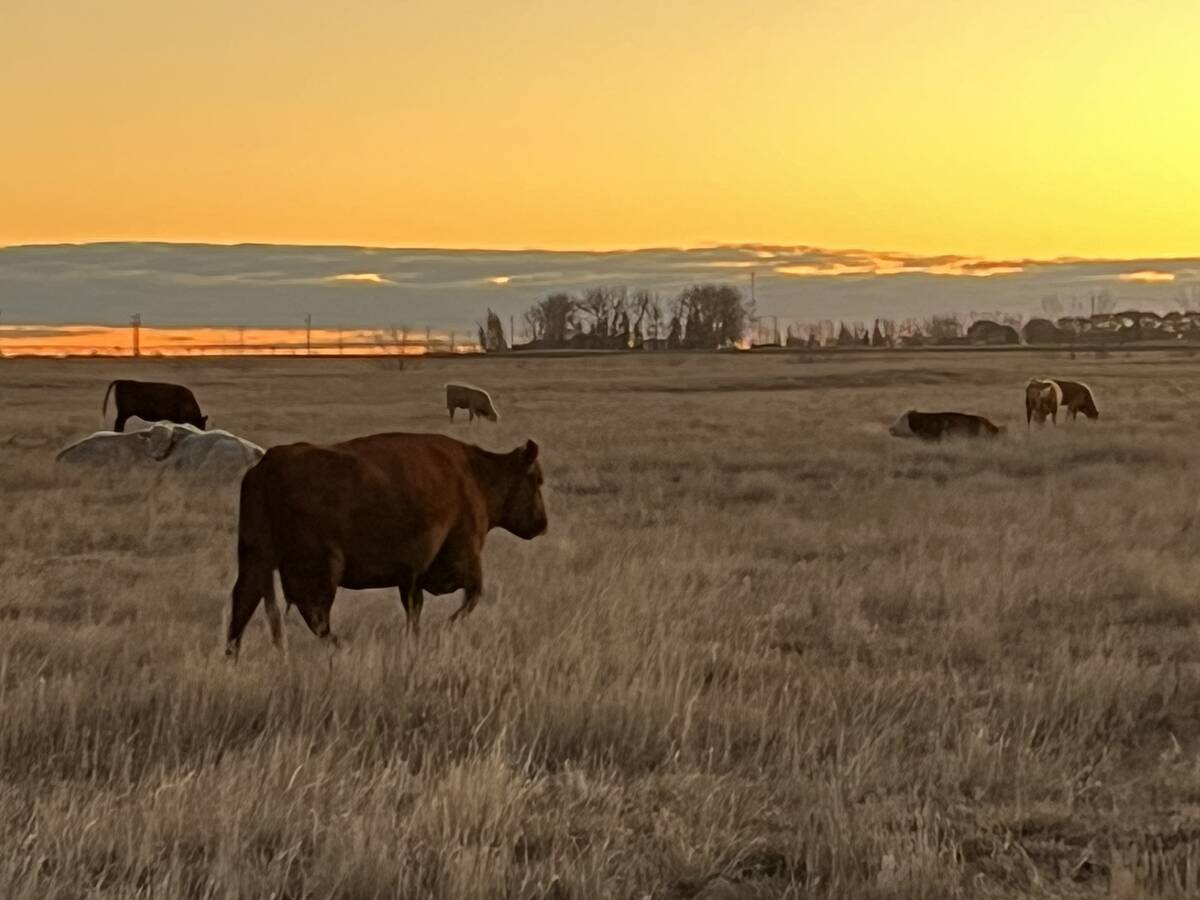
Work done by Merck Animal Health in North America and Dr. John Gilleard found that an egg count of 10 per gram could have a significant impact on weight gain.
As well, the higher the worm count, the harder the animal’s immune system must work at getting rid of them, making them more susceptible to other infections. We call this co-morbidity, which can increase the incidence of conditions such as pneumonia and coccidiosis.
Fecal counts are a good way to determine worm loads in a herd, which are made easier by pooling samples done at the lab.
If done properly, a few pooled results can provide a good idea of what the worm population is in a herd.
These are best done in the fall when worm results will be highest.
It also gives producers a really good idea of how contaminated or not contaminated their pastures are.
Even if these fecal results are done every few years, it still lets producers know what they’re up against.
Maybe cattle can miss deworming for a year or maybe the count is high.
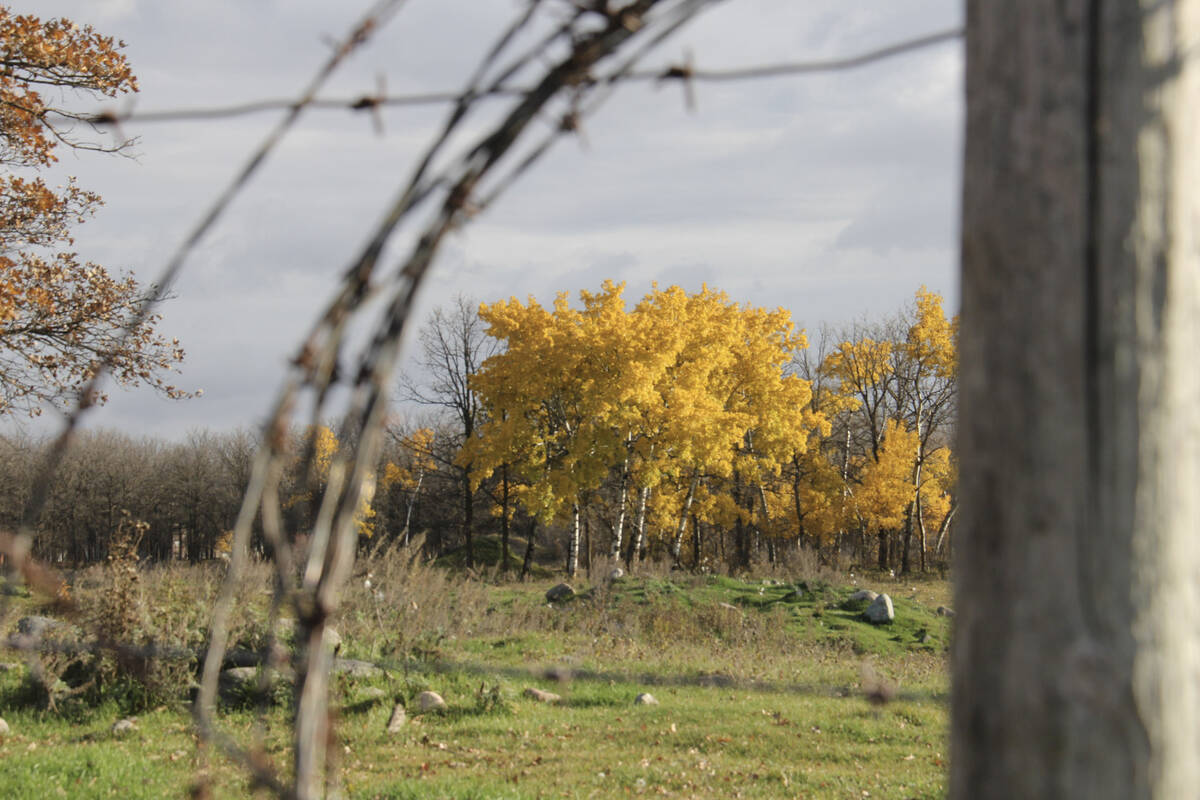
There are management strategies that can help eliminate worm burdens or keep them low.
Pasturing on higher grass (greater than six inches) ensures that cattle will rarely come in contact with the larval stages of worms.
Our cold Canadian winters kill a high percentage of the overwintering larvae, and desiccation in the summer also kills many.
With bison, increasing the time between rotational grazing is helpful.
Also, producers could take a crop of hay and leave a year in between grazing, which is even more beneficial for removing worms.
Besides the pour-on products, there are others that can be put in the drinking water, fed or put in the minerals in the summer.
There is also a product that has a double release. The only problem here is that the first release may be wasted if cattle were treated the previous winter.
Managing resistance pressure
Spending some money doing fecal counts and parasite checks may allow producers to skip deworming. This then lessens the likelihood of resistance.
Remember the 80-20 rule: 80 per cent of the parasites are in 20 per cent of the animals, increasing the importance of determining the right 20 per cent to treat.
Also if checking for parasites, it’s best to check older calves in the fall or yearlings. Cows will likely almost always have much lower counts than the older calves or yearlings.
Some clinics will do parasite checks in-house.
It’s best to avoid unnecessary deworming and lice.
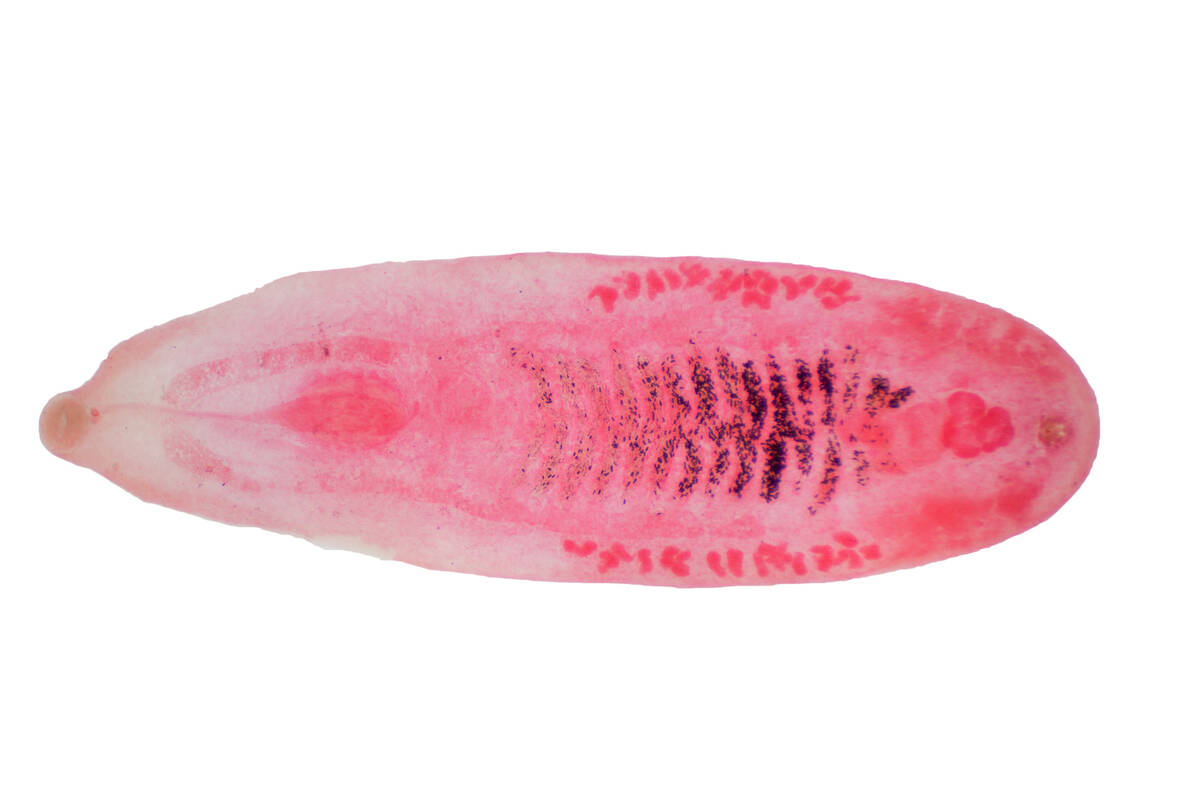
We need to use the products we have properly because I don’t see any new ones coming down the line.
There are sporadic reports of liver flukes and lungworms, and if they are diagnosed in your area, it would be a good idea to talk to a veterinarian about how and when to treat.
Changes in how parasites are managed may see less product used overall.
As well, ensuring products are used at the right times and when needed should lead to better control.


